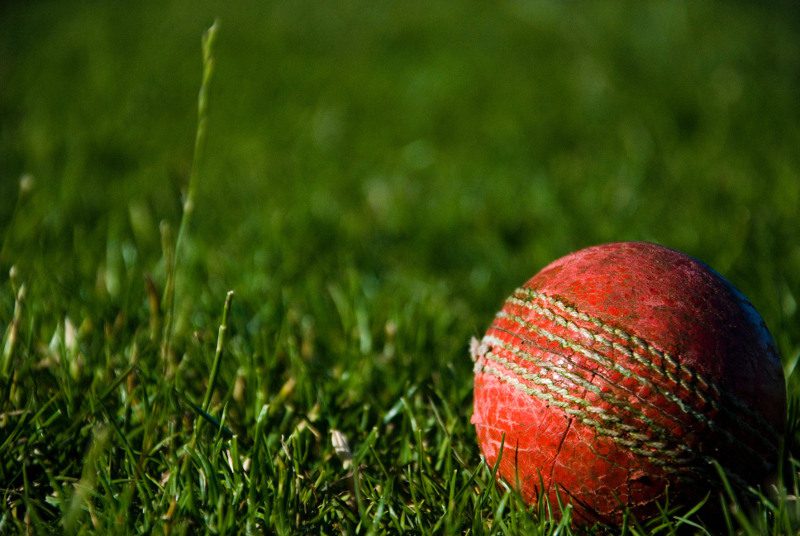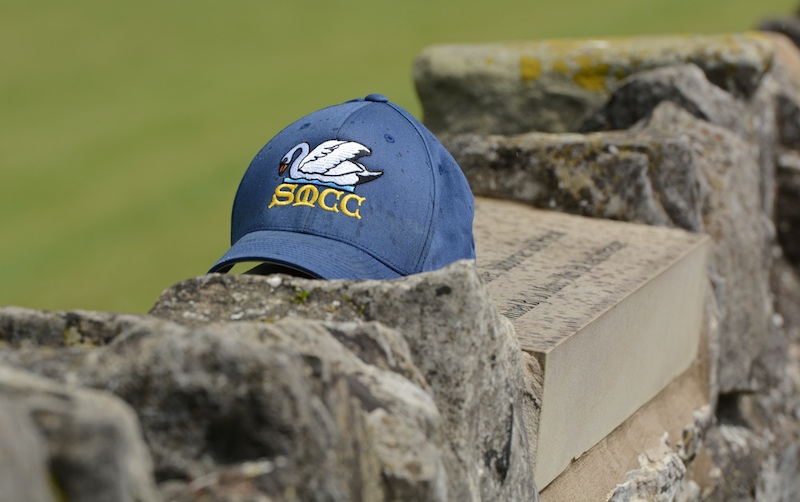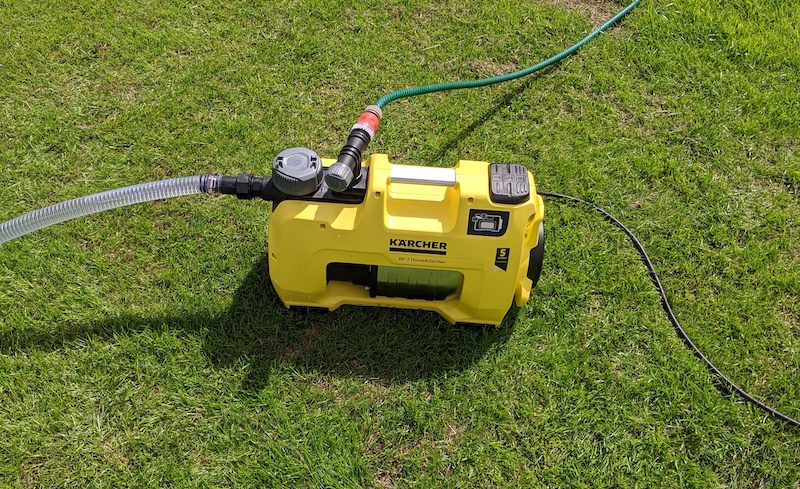From 11 July 2025, Yorkshire Water imposed hosepipe restrictions – but what does that mean for cricket clubs?
The focus is on household water consumption (so no hosepipes or sprinklers in the garden). Here, we explain what cricket clubs can do and also interview South Milford Cricket Club who came up with an innovative solution that uses a local source.
🏏 Editor’s note – This article has been updated for 2025 to reflect current circumstances but the original article, including the interview with South Milford CC, dates back to 2022.
It is included for interest and to spark any ideas that might benefit cricket clubs.
Important to say that this is not legal advice so for clarity, seek advice from your water company although the GMA maps out how drought conditions are managed in England and Wales – and what it means for cricket.

Is it ok for cricket clubs to water their cricket square?
Yes. On safety grounds only. There is an exemption that permits recreational sports grounds to do so. i.e.) If the square is cracking and safety for players is a concern.
Notice the distinction between cricket ground and cricket pitch.
Importantly, the exemption relates to the use of water only for the active playing surface (i.e. the cricket pitch, not the outfield).
Equally, clubs can do so for reasons of health and safety but should use discretion. If the grass is just looking a little limp then that’s not compelling enough to warrant watering the square.
After the driest Spring on record in 2025, Yorkshire is officially, according to Yorkshire Water, in drought. Its reservoir levels haven’t increased since the last week of January.

What guidance is there for cricket clubs?
The Grounds Management Association (GMA) has useful guidance on preparing pitches under drought conditions.
Check the advice locally in your area from the water company you use so you’re fully up to speed.
The situation can – and will – change either with restrictions being relaxed or if hotter, drier conditions persist in Yorkshire and other counties for July to September, there may be other areas of the UK affected – and consequently considerations for recreational cricket.

What are South Milford Cricket Club doing?
(👋 This interview is from 2022 – but is included here to encourage ideas, inspiration and discussion generally about water management).
Jonathan Barr is Head Groundsman at South Milford Cricket Club. He took over two years ago from his dad, having helped at the club since primary school.
They used to lend their pavilion to the football team and forgot to turn off the water before a frost a couple of years ago.
It was a while before the burst pipe was discovered and the water bill was much more than it cost in redecoration, so much that South Milford CC had to claim on their insurance.
As Jonathan tells it, they had been watering pitches using an original Pope water tractor for many years until the gears wore out and it was time to replace it.
These two events led the cricket club to review their irrigation policy – and come up with a clever solution.
There is a beck that borders our ground (Mill Dyke) and one of our members, who is a farmer, pointed out that we would not need a licence to abstract the water from it because 20 cubic meters a day is a lot of water.
(Editor’s Note: Taking water from a surface source including a river, stream, canal or underground source is called abstraction. See UK Government advice.)
They visited a property in the village upstream which was using a submersible pump and a travelling sprinkler and saw it demonstrated.
With the seed firmly planted, Jonathan spent a few days researching the options:
‘We would need a fairly powerful pump because the hose length to our square could be up to 60m. We ruled out petrol or diesel pumps as too expensive and eventually, I discovered that Kärcher makes a range of electric irrigation pumps.’
He added: ‘Our Treasurer agreed that it would pay for itself within a few years and we purchased one. The new Pope water tractor is not as robust as the original (made in China from plastic) so we do not expect it to last as long but I found a cheap one on eBay.’
South Milford Cricket Club currently use a standard half-inch hosepipe to pump water from the beck to the square but the pressure is better than from a Yorkshire Water tap.
The plan is to bury a one-inch water pipe in the outfield to improve the pressure and make watering even easier.

With the extremely dry summer at South Milford’s Swan Croft HQ, the pump has already paid for itself by reducing their metered water costs.
Hosepipe bans do tend to get people riled up one way or another. Just to be clear, it’s not a criminal matter so shouldn’t be directed to the police. Water companies govern actions that flout hosepipe bans and tend to prefer education first.
As we’ve established, cricket clubs CAN water their cricket pitches during a drought when there is an issue of safety.
However, Jonathan has witnessed this judgement first-hand: ‘I watered a pitch immediately after our first XI match on Saturday for the second XI game on Bank Holiday Monday and had a few comments that it was illegal.’
The club went viral after that game, not because he watered the pitch but because South Milford beat York 3rd XI by 527 runs!
‘I don’t think many people, including cricketers, realise that watering is allowed as it is a safety issue.’
‘Despite watering, I have not fertilised the square as much as I should have. It has held up well generally but needs plenty of rain to recover from this dry season.
‘We have not lost a senior game to the weather at all which is unheard of!’
So, there you go. Hopefully some clarity on watering cricket squares during a drought but also insight from South Milford CC on their efforts to use a local water supply.
Thanks to Jonathan Barr for his insight into this issue and the creative direction he’s taken.
Sprinkler Image credit: Paul Moody (Unsplash).
***
To return you all to 2025, here is the hosepipe ban info from Yorkshire Water with exemptions and some of the common questions answered. If you are upset either at water leaks or the price of your water bill, that is nowt to do with Cricket Yorkshire! 😆
What is undeniable is that after this very dry Spring (punctuated admittedly by a wetter June) saw cricket squares across Yorkshire cracking which is very unusual. If we have a dry month, get ready for some of the playing conditions we last saw in 2022.
- 2026: Predictions and trends for grassroots cricket - December 19, 2025
- Cricket Gifts: The shortlist full of surprises[2026] - December 12, 2025
- 6 ways for cricket clubs to earn with easyfundraising - December 10, 2025
Then why do you cover the square so no rain can get to it? Surely, during the drought it would be better to leave uncovered.